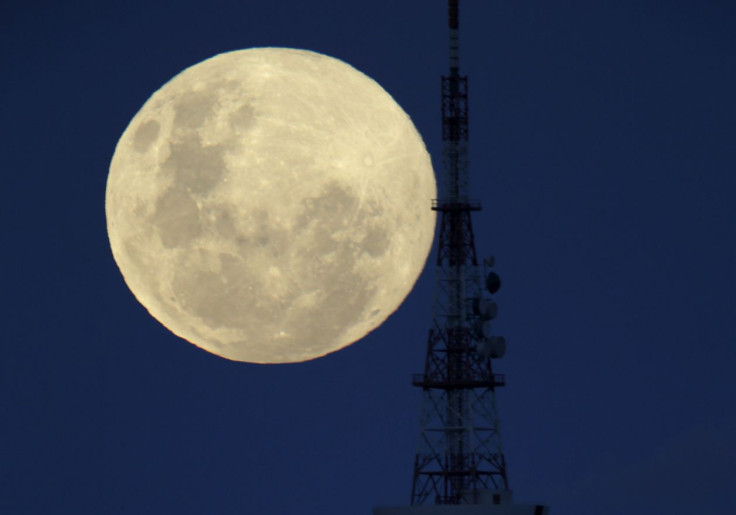Australia’s chance to see supermoon 2017: How to take photos with smartphone

Australia and the rest of the world have a chance to marvel at the supermoon of 2017. Many astronomers suggest watching the upcoming full moon, which is happening on Sunday night (US time), right after sunset and into moonrise.
A supermoon occurs when the sun, moon and earth align. Michelle Nichols, director of public observing at Chicago's Adler Planetarium, explained the moon's close approach to the earth. She said that the moon’s orbit is more like an oval, not a perfect circle. It is closer to the earth than it is at other times.
The scientific term for the event is perigee-syzygy. "For this year's final supermoon, the perigee distance will be approximately 222,135 miles in the early morning hours of December 4 (in the United States)," CNN reports Nichols as saying.
Moon illusion
During supermoon 2017, the moon will both be bigger and brighter than usual. But the human eye can trick itself into seeing the moon as larger than it truly is.
Nichols said there would be an optical illusion when people look at it from near the horizon. It appears huge when viewed low on the horizon. This is known as the moon illusion. It occurs when seeing the moon immediately after sunset or before the sun rises.
Despite the difference between a regular full moon and a supermoon, Nichols said it is not as grand as it looks. "If you stretch out your arm at full length, and stretch out your thumb, and compare the size of the full moon in the sky to the size of your thumb, you'll notice the width of the full moon compared to the size of your thumb; you can put four full moons across the width of your thumb,” she added.
How to capture supermoon on a smartphone
NASA photographer Bill Ingalls said that those capturing the supermoon through their smartphones have to focus on the correct light balance. He suggested tapping the screen and holding a finger on the object to lock the focus, then sliding the finger up or down to darken or lighten the exposure.
If the supermoon will be photographed using DSLR cameras, Ingalls recommends using another subject in the image to compare to the size of the moon. A tall object can be used when the moon is at a very high angle.





















